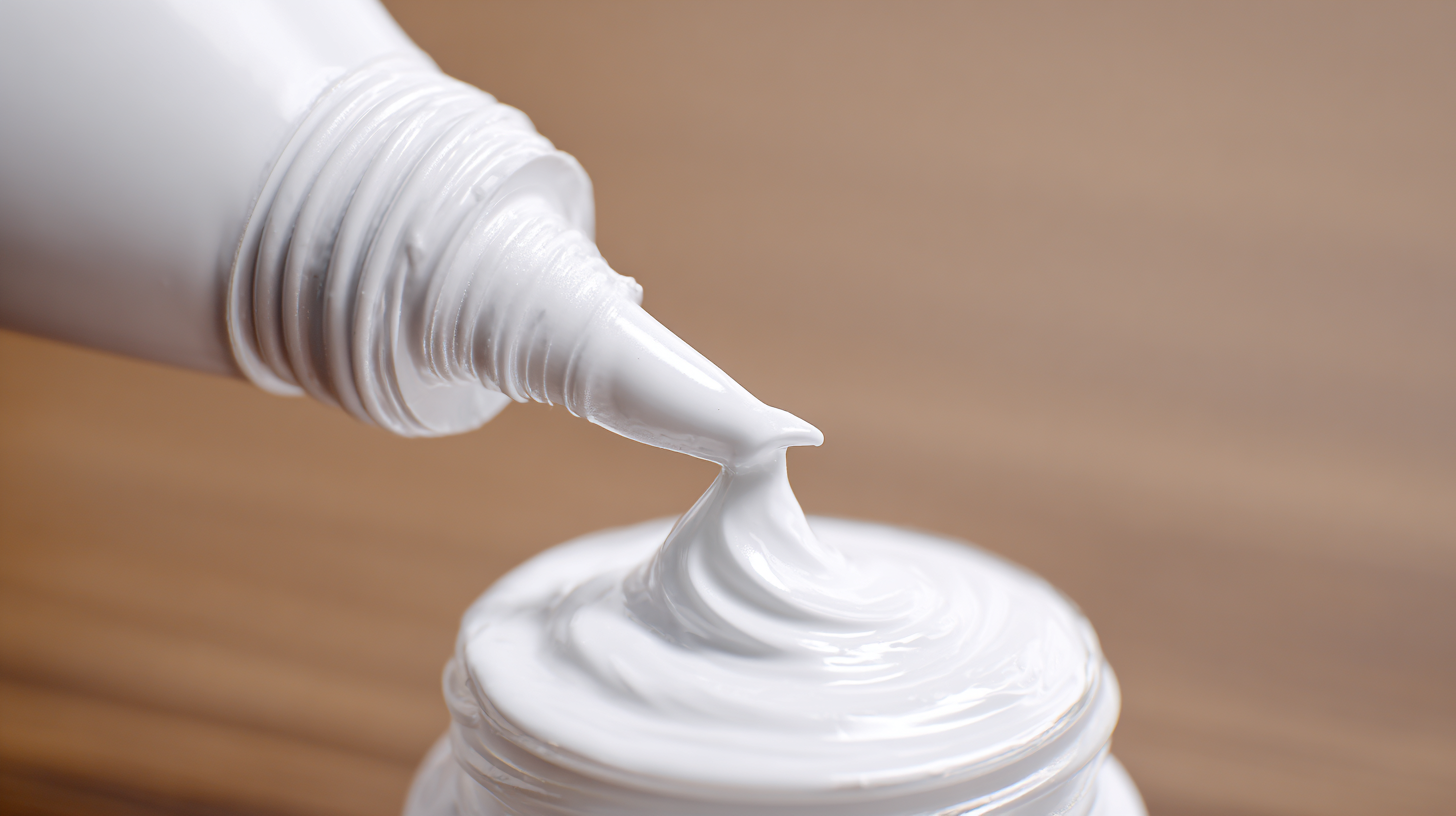Inquiry
Form loading...
In the ever-evolving construction and manufacturing sectors, the demand for reliable materials is paramount, with the high temperature silicone sealant emerging as a crucial component for various applications. According to a 2023 industry report from Grand View Research, the global silicone sealant market is projected to reach USD 3.2 billion by 2026, highlighting the increasing reliance on advanced sealing solutions capable of enduring extreme conditions.

High temperature silicone sealant, known for its durable adhesion and resistance to harsh environments, plays a pivotal role in industries ranging from automotive to aerospace. As we approach 2025, understanding the latest trends and innovations in this sector becomes essential for professionals aiming to enhance project longevity and performance.
This ultimate guide will not only dissect the specifics of high temperature silicone sealants but also provide a comparison of leading products in the market, enabling informed decision-making for your upcoming projects.
In today's global manufacturing landscape, the significance of high-temperature silicone sealant cannot be overstated. In the automotive and aerospace industries, for instance, materials must withstand extreme thermal conditions without compromising structural integrity. Reports indicate that nearly 30% of manufacturing defects arise from inadequate sealing solutions, underscoring the critical role of high-performance sealants in ensuring durability and reliability.

Furthermore, research by the Adhesive and Sealant Council reveals that the market for silicone sealants is projected to grow significantly, with a compound annual growth rate (CAGR) of around 5% over the next five years. This growth is largely driven by the increasing demand for high-temperature applications in various sectors, including electronics, manufacturing, and construction. High-temperature silicone sealants not only provide excellent adhesion and flexibility but also exhibit remarkable resistance to UV degradation and harsh chemicals, making them ideal for a multitude of applications. As industries continue to innovate, the importance of selecting the right sealant for high-temperature environments becomes paramount to achieving optimal performance and safety in manufactured products.
When selecting high-temperature silicone sealants for your projects, it's crucial to consider key features that influence durability and performance. High-temperature silicone sealants are designed to withstand extreme conditions, and understanding their specifications is essential. Look for products featuring excellent thermal stability, typically rated for high temperatures ranging from -60°C to 300°C (-76°F to 572°F). The ability to maintain a strong bond without degradation is vital in applications such as automotive manufacturing, aerospace, and industrial machinery.
Market analyses indicate that the demand for silicone sealants, particularly in high-temperature applications, is on the rise. According to industry reports, the global adhesive market size is expected to grow at a significant CAGR from 2024 to 2028, with notable contributions from structural adhesives and heat-resistant sealants. Additionally, with applications extending across various sectors, including the automotive domain where electric vehicles are becoming prevalent, the need for high-performance sealing solutions continues to expand. As a result, understanding the adhesive types—such as polyurethane and epoxy—best suited for specific substrate requirements can greatly impact project success.
The rise in demand for high-temperature silicone sealants across various industries reflects significant market trends that are reshaping the manufacturing landscape. Applications in automotive, aerospace, electronics, and construction are driving the need for sealants that can withstand extreme temperatures while maintaining optimal performance. High-temperature silicone sealants are essential for ensuring durability and reliability in environments where conventional sealants may fail.

Market research highlights that the increasing use of these sealants extends beyond just industrial applications. The growing consumer awareness of the benefits of high-temperature silicone products is influencing purchasing decisions in various sectors, including transportation and industrial manufacturing. As industries evolve and technology advances, the demand for specialized sealants continues to climb, confirming that high-temperature silicone sealants are becoming a critical component in modern project planning and execution.
When it comes to selecting the right high-temperature silicone sealant for your projects, a comparative analysis of leading brands can help you make an informed decision. Different brands offer varying temperature resistance levels, cure times, and adhesion properties. For example, some sealants maintain flexibility in extreme temperatures, while others provide a more rigid bond. Understanding the specifications—such as maximum temperature tolerance, chemical resistance, and cure duration—can make all the difference in performance and longevity.
When comparing high-temperature silicone sealants, consider the application requirements. For automotive projects, you might need a sealant that withstands both heat and automotive fluids. In contrast, high-temperature applications in kitchens and homes might prioritize food safety and ease of application. Always check manufacturer guidelines for the surfaces you’ll be sealing to ensure optimal adhesion and durability.
Tip: Before purchasing, test a small sample to see how it performs under your specific conditions. Additionally, make sure to read user reviews to gauge long-term effectiveness and application experiences from other users. This insight can guide you toward a brand that meets your specific needs and application challenges.
When utilizing high-temperature silicone sealants, it is crucial to understand the specific requirements of your project. Start by thoroughly cleaning the surfaces to ensure maximum adhesion. Remove any dust, grease, or old sealant residues, as these can compromise the bond. A well-prepared surface allows the silicone to perform at its best, especially in high-heat environments where failure is not an option.
**Tip:** Always test the silicone in a small area first to check compatibility with the materials you are working with. Different surfaces may react differently to silicone, and a quick test can save you time and effort.
Furthermore, it’s important to apply the sealant at the right temperature and humidity levels to maximize curing efficiency. Ideally, high-temperature silicone should be applied when temperatures are between 40°F to 100°F (4°C to 38°C). Avoid applying sealants in very humid conditions as excess moisture can disrupt the curing process.
**Tip:** Use a caulking gun with a smooth trigger for consistent application. This will help you control the flow of the silicone, ensuring an even bead that enhances the seal’s effectiveness.
This chart showcases the recommended temperature ranges for various applications of high-temperature silicone sealants. Understanding these ranges can help you choose the right sealant for your specific project needs.
